SUMMARY
This is AI generated summarization, which may have errors. For context, always refer to the full article.
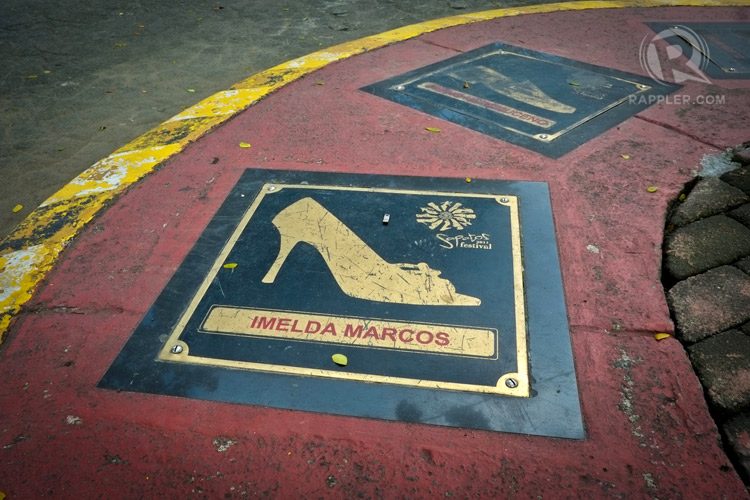
MANILA, Philippines – Floods of change came wave after wave in Marikina and its shoe industry nearly drowned.
The first wave came in the early 1980s when trade liberalization brought the advent of globalization. It resulted in displacements in the Marikina shoe industry which then had to contend with imported brands.
The second wave came in the 1990s when the Philippines became a member of the World Trade Organization (WTO), resulting in increased import liberalization. The local market had become deluged with cheap shoe imports from China, Taiwan, and Korea.
When the new millennium came, many shoemakers barely kept their heads above water. There are now only over 100 listed companies in Marikina’s shoe industry. It had dramatically decreased by tenfold from its glory days in the 1970s.
“This industry is dying. We really have to help them get back in business,” says Marikina Mayor Del de Guzman, whose family-owned shoe factory, run by his brother, was forced to shut down in 2000.
Like most of the shoe businesses in Marikina, it was also a family affair for the De Guzmans. The incumbent mayor’s parents were both involved in the shoe industry – his father had worked for a shoe shop, while his mother’s family owned a shoe factory.
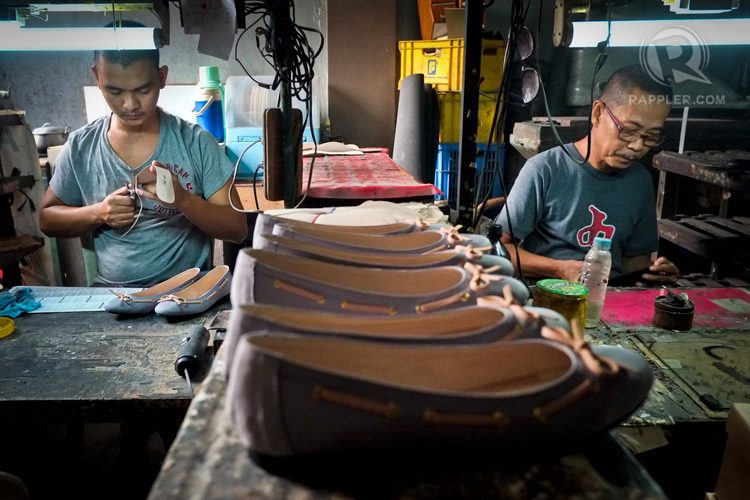
When they ventured into their own enterprise, they initially made baby’s shoes. They actually introduced the squeaking shoes to the local market. Eventually, they expanded their business to school shoes and men’s shoes.
But like many of the family-run shoe businesses in Marikina, the De Guzmans had to close shop.
“Personally, I’m planning to reopen it. I want to support the family venture again,” Mayor de Guzman confessed.
The city has been trying to provide support to its fledgling shoe industry in whatever way it can. As early as the 1980s, various programs have been implemented to help promote the product that shaped Marikina to become the Shoe Capital of the Philippines.
“The shoe industry has helped the city get back on its feet after the Second World War. This time, the city needs to help the shoe industry to get back on its feet,” said Mayor de Guzman.
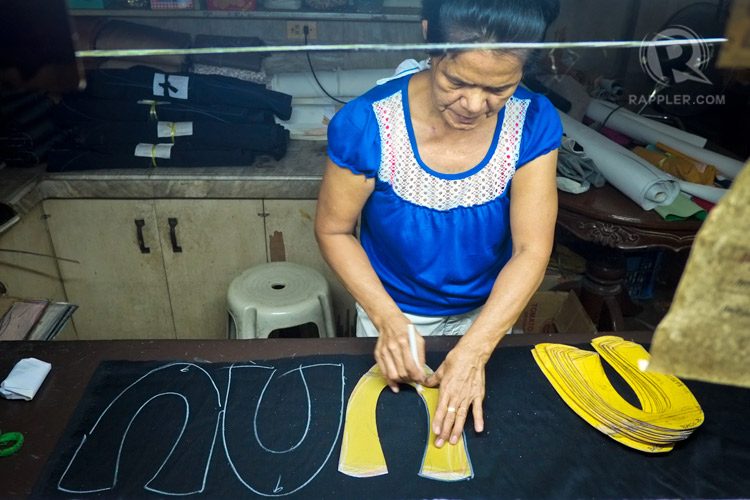
Recently, the Shoe Caravan – a traveling trade fair that visits various cities and municipalities in Metro Manila – opened in Valenzuela City Hall on October 1. Forty participating manufacturers offer genuine Marikina footwear and leather products, such as sandals, bags, wallets, at factory price, which is 30-50% cheaper.
The Shoe Caravan will be at the Navotas City Hall from October 8-10, Malabon City Hall from October 13-15, and Caloocan City Hall from October 16-17.
The caravan is part of the annual celebration of the Sapatos Festival, which was originally conceived to recognize the contributions of the shoemakers to the city and community, and to promote Marikina-made shoes. It also aims to support small- to medium-scale shoe enterprises, by helping them generate sales.
Last year, the total revenue generated by the shoe caravan was close to P44 million, P5 million higher than in 2012. The figure more than tripled since the event was launched 3 years ago.
According to the mayor, the shoemakers that have participated are slowly feeling the effect of their efforts in previous Sapatos Festivals. Inquiries and orders from big retailers are said to have started to come in. One of 2013’s participants was reportedly unable to join this year’s caravan because he has to work on a lot of export orders.
However, some still feel the event is too small scale.
“Its contribution to the shoe business is also small scale. It’s too showbiz,” said Dennis Caballes, whose DC Footwear was also forced to shut down in 2007. He has now ventured into the growing food industry of Marikina.
“To help small businesses, we need to support the big ones,” added Caballes.
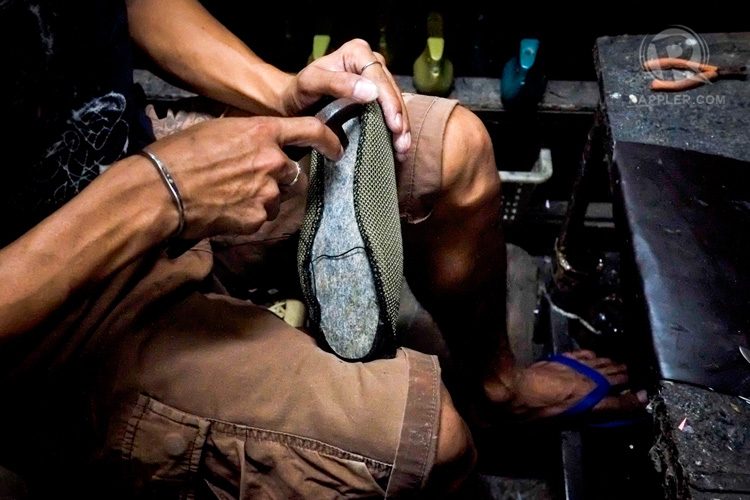
Incidentally, Caballes is related to the shoemaking Samson clan, cousin of the owners of Cardam’s, Otto, and Itti. His DC Footwear was a small-scale enterprise with about 12 workers. As with other small shoe shops, bigger brands outsourced projects to them.
“To become globally competitive, we have to upgrade our trade and system. At this point, we need advanced technology. This is where Marikina fell behind. So we need to provide technical assistance. Of course, we also need capital,” Mayor de Guzman said.
Big shoes to fill
The history of the Marikina shoe industry is traced back to Don Laureano “Kapitan Moy” Guevarra, who is said to have started it all in 1887, when the city was still an agricultural town.
Kapitan Moy taught families how to make shoes. It was a skill that was passed on and developed from generation to generation.
However, the interest among the younger generation in the craft of shoemaking seemed to have been dampened by prevailing market conditions.
“The Marikina shoe industry may just become part of the city’s history,” lamented Zarah Jane Ballesteros, venue manager of the Marikina Shoe Museum.
At the museum, Ballesteros shows visitors a painting hanging beside the main door. It’s a portrait of two craftsmen, who came from two shoemaking clans – the Santoses and the Cruzes.
On nearby F. Santos Street, 67-year-old Segundo Cruz, Barangay Kagawad, is gluing the insoles of ladies’ shoes, inside the garage of their two-storey home, which doubles as shoe factory.
“During the old times, you see husbands and wives, the basement of their houses converted to shoe factories,” Cruz narrated.
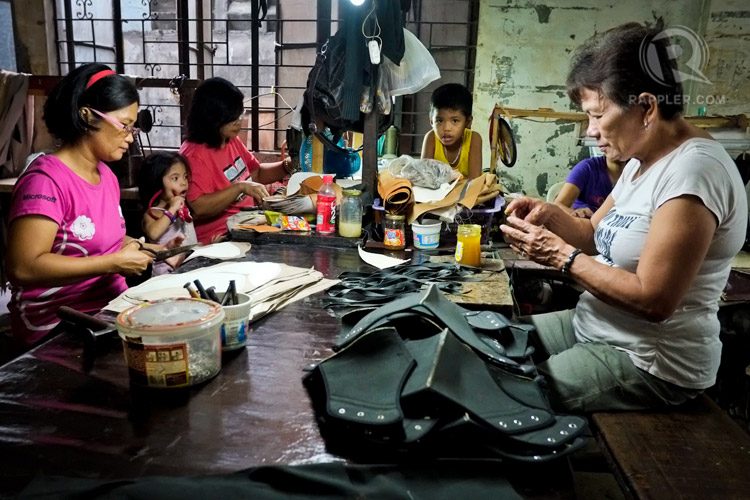
The Cruzes on F. Santos represent 3 generations of men making ladies shoes. It has been passed on from father to son, from Antonio to Segundo to Gilbert, from D’Antonio’s to Girlie Gay Shoes to Steps.
But the passing of the torch is a reluctant inheritance. Antonio wanted Segundo to finish his studies. The untimely death of the old man in 1963 forced the then 16-year-old to take over his father’s shoe business.
Meanwhile, Segundo’s only son, Gilbert, got involved in the shoemaking business only about 5 years ago. But Segundo said they may be forced to give it all up and go into another venture.
Segundo said that what they earn from their shoe manufacturing is hardly enough to pay the bills and support his 5 grandchildren.
“Business was brisk decades ago. You only need to invest a small sum, and rake in huge profits. Now, it’s the other way around. That’s why my son is thinking of shutting down the factory,” he lamented.
During the glory days of Marikina’s shoe industry, people were drawn to the city because of business and job opportunities.
Ballesteros’ family was originally from Pangasinan, but migrated to Marikina in the early 1970s. They were encouraged to move there by her aunt, who was then working in a shoe factory.
For Bulacan-native Cleodilfa Tiamzon, whose sister was a shoemaker’s house help, she moved to Marikina 66 years ago to help support their family. Since 1948, she has been making shoe uppers.
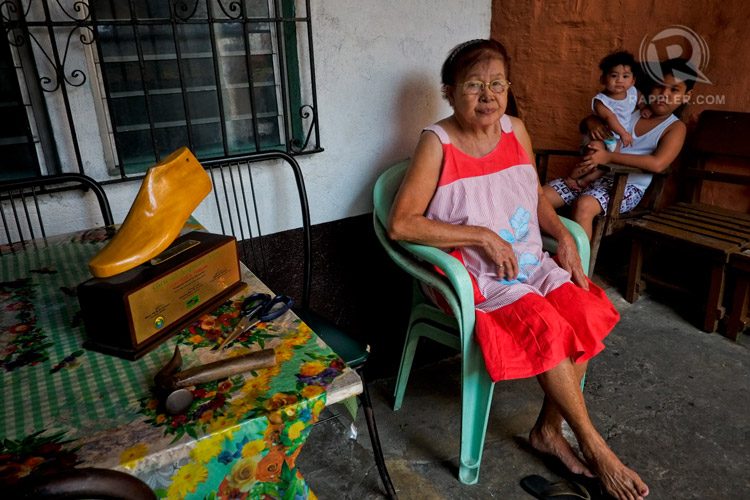
Tiamzon was able to support her 7 siblings, send money to their farmer-father, renovate their house in Marilao, Bulacan, raise a family of her own, and start a small hog-raising business.
Up until her retirement last year, the 82-year-old Tiamzon was the official record-holder as the oldest active shoe upper-maker in Marikina. The city honored her with a longevity award two years ago.
Tiamzon’s legacy is being carried on by her 50-year-old daughter, Cynthia, who now works in a shoe factory in Marikina. Ironically, the firm where Cynthia works is owned by a Korean.
Sources say some of the shoemakers have become importers themselves. Some have their shoes made in China, but tag them with their brand. And some have reportedly resorted to importing cheaper raw materials from China to make local production more cost effective.
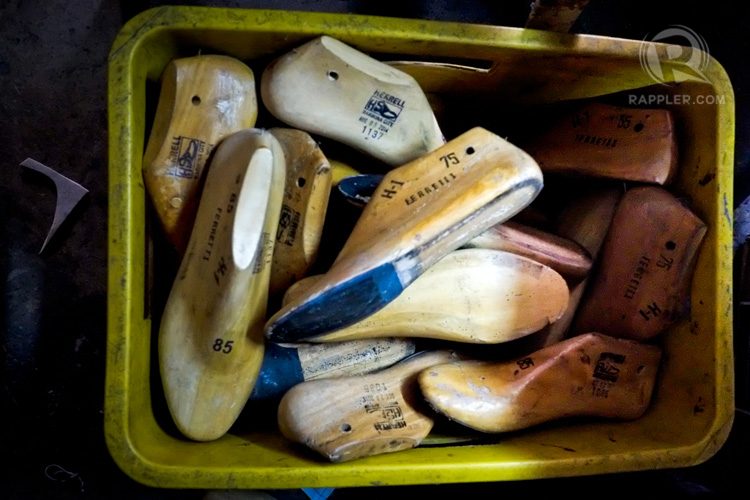
The new generation steps in
Some Marikina shoemakers warned against the influx of imported footwear as the Philippines became a WTO member.
“We have to prepare; a flood is coming. The flood I am talking about is China. We have to go upstream, so we won’t get hit. Let’s make low-volume, medium- to-higher-priced shoes,” said Kiko Medina, former general manager of the Marikina shoemakers cooperative.
He has long advocated professionalizing the industry, standardizing shoe sizes, providing education and training for craftsmen, setting up common service facilities, and coming up with strategies in selling Marikina’s shoes.
“What legacy will I leave behind? I’m already 60. I just want to share what I know,” said Medina.
This second-generation shoemaker has experienced the highs and lows of the Marikina shoe industry. His parents were both shoemakers. At age 10, he was already working on the trade. Two of his brothers were both working for a shoe company.
By 1970, the Medina family was able to set up their own shoe business. They made handcrafted shoes and slippers.
“During those years, it was easy to get into the shoe business,” Medina said.
But times have changed. The Marikina shoe industry has fallen on hard times. However, Medina believes there are still business opportunities.
“There is money in shoes,” said a confident Medina, who established his own shoe shop in 1983.
His daughter Abby is the new generation Medina. She launched her brand Shoe Room 3 years ago, as she turned 21.
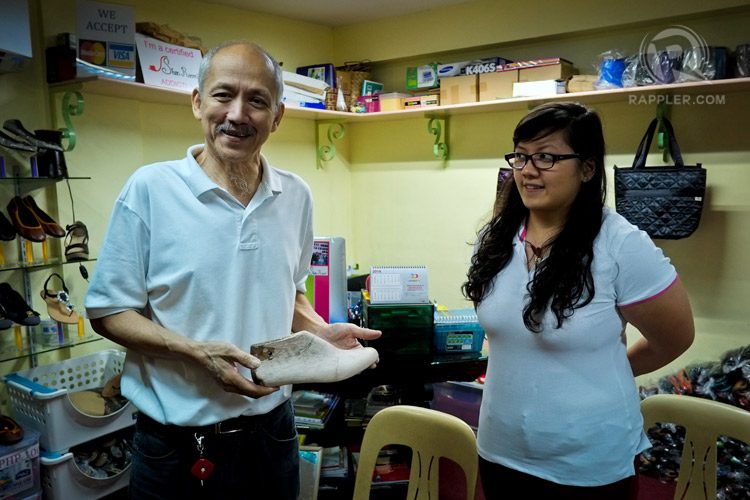
Abby is apparently the first among the shoemakers in Marikina to capitalize on social media as a platform to sell shoes. She even developed an app for android phone users. Through the app, clients may come up with their own customized designs. Later this year, Shoe Room’s own website will be launched.
In addition, she has established a network of sellers that help push her products. She exported 250 pairs of shoes to the US last year. Her recent export was bound for Dubai.
Shoe Room also has a retail outlet in Tiendesitas in Pasig. She is carefully considering expanding her showroom to another location.
It may have taken Abby eight months before she can launch her shoe line, with a modest 800 pairs sold during her first year. But the total volume of shoe sales for 2013 is quite encouraging. She was able to sell about 4,000 pairs last year.
The elder Medina said the key is innovation. They have sourced new materials for shoemaking, kept abreast of market trends, come up with an environment-friendly way of making shoe lasts, and developed their own special process they call “stringlasting.”
According to Medina, “If you want the shoe industry in Marikina to flourish, you have to change the mindset of the players.”
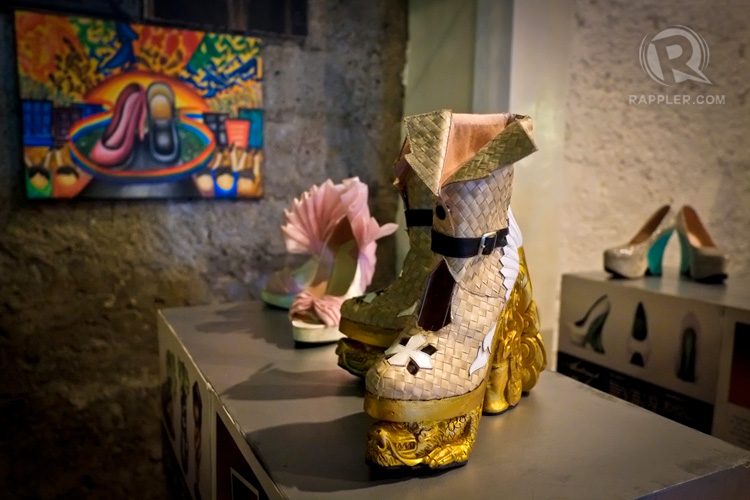
– Rappler.com
Add a comment
How does this make you feel?
There are no comments yet. Add your comment to start the conversation.